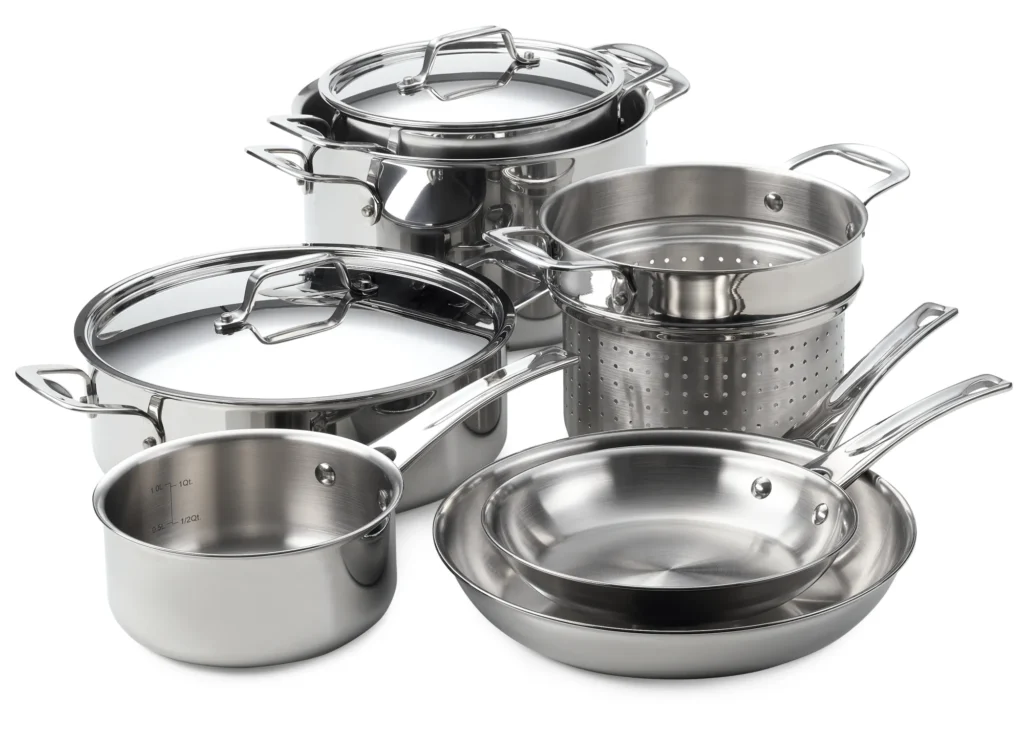
The precise use of the cooking instruments depends on their shapes. Their purpose of use and maintenance vary according to their shape and materials.
| Category | Instrument | Description | Purpose |
|---|---|---|---|
| Stir-frying and sautéing | Wok | A wide-mouthed, deep pan with a rounded bottom, allowing for quick and even heat distribution | Stir-frying vegetables, meats, and noodles, and sautéing ingredients until lightly browned |
| Sautéing and shallow frying | Skillet | A versatile pan with shallow sides and a flat bottom, ideal for sautéing, searing, and pan-frying | Sautéing vegetables, meats, and seafood, and searing meats to perfection |
| Saucepans and stockpots | Saucepan | A medium-sized pan with straight sides and a flat bottom, suitable for simmering, reducing sauces, and preparing small batches of food | Simmering sauces, soups, and stews, and reducing liquids for concentrated flavors |
| Stockpots | Stockpot | A large, deep pot with straight sides and a flat bottom, designed for cooking large batches of liquid-based dishes | Preparing large quantities of soups, stews, and stocks |
| Broiling and roasting | Roasting pan | A shallow pan with raised sides, allowing for even heat distribution around the food | Roasting meats, vegetables, and poultry to a golden brown and crispy finish |
| Baking | Baking pans | Rectangular pans with shallow sides, available in various sizes to accommodate different baking needs | Baking cakes, cookies, brownies, and bars |
| Cake pans | Cake pans | Round pans with deep sides, designed to bake layered cakes and bundt cakes | Baking perfectly shaped and evenly cooked cakes |
| Muffin pans | Muffin pans | Individual-sized pans with cups for baking muffins, cupcakes, and mini quiches | Creating individual portions of muffins, cupcakes, and mini quiches |
Additional Instruments
Mixing bowls: Essential for combining ingredients, such as batters, doughs, and fillings Measuring cups and spoons: Ensure precise ingredient proportions for accurate baking and cooking Cutting boards: Provide a hygienic surface for chopping, slicing, and dicing ingredients Colanders: Drain liquids from cooked food, such as pasta, vegetables, and beans Whisk: Emulsify ingredients and incorporate air into batters and sauces Spatulas: Combine and scrape ingredients from the mixing bowl and pans Tongs: Turn and transfer ingredients without burning your hands
Conclusion
The right instrument for cooking is essential for achieving the desired results and enhancing the overall cooking experience. By choosing the appropriate tools for specific tasks, cooks can optimize heat distribution, ensure precision, and maintain safety in the kitchen.
Cookware and the Cooking Technology
Technology has revolutionized the way we cook, introducing innovative cookware that enhances performance, efficiency, and safety. Here’s an overview of how technology has transformed cookware and the benefits it brings to the kitchen.
Intelligent Cookware
Intelligent cookware incorporates sensors, microprocessors, and connectivity to monitor cooking parameters, adjust heat levels, and provide real-time feedback. These smart pots and pans eliminate guesswork and ensure precise cooking, even for novice cooks.
Benefits of Intelligent Cookware:
- Precision Cooking: Intelligent cookware ensures precise temperature control and cooking times, preventing overcooking or undercooking.
- User Convenience: Smart features like automatic heat adjustment and cooking programs simplify cooking processes and reduce the need for constant supervision.
- Reduced Food Waste: Intelligent cookware promotes food preservation by ensuring accurate cooking times and preventing overcooking, which can degrade nutrients and flavor.
Induction Cooking
Induction cooking utilizes an electromagnetic field to directly heat the cookware, rather than heating the surrounding surface. This results in faster cooking times, improved energy efficiency, and a cooler cooking environment.
Benefits of Induction Cooking:
- Faster Cooking Times: Induction cooking heats cookware directly, reducing heat loss and cooking food significantly faster than traditional methods.
- Energy Efficiency: Induction cooking transfers heat directly to the cookware, minimizing energy waste and making it more energy-efficient than gas or electric cooking.
- Safety: The surrounding cooking surface remains relatively cool, reducing the risk of burns and accidental fires.
Non-Stick Coatings
Non-stick coatings prevent food from sticking to the cookware surface, making it easier to clean and promoting healthier cooking with less oil. Advancements in non-stick technology have improved durability and safety.
Benefits of Non-Stick Coatings:
- Easy Cleaning: Non-stick coatings allow food to release easily, reducing cleaning effort and minimizing the need for harsh scrubbing.
- Healthier Cooking: Less oil is required for cooking with non-stick cookware, promoting healthier meals with reduced fat content.
- Durability: Advanced non-stick coatings are more durable and resistant to scratching, extending the lifespan of cookware.
Conclusion
Technology has transformed cookware, introducing features that enhance performance, efficiency, and safety. Intelligent cookware provides precision cooking and automated processes, while induction technology offers faster cooking times, energy savings, and a cooler cooking environment. Non-stick coatings promote easy cleaning, healthier cooking, and extended cookware durability. These advancements have revolutionized the kitchen experience, making cooking more convenient, enjoyable, and safe for everyone.
Pot for Cooking

Due to its generic meaning, it is the most cited cooking container in books.
Its function is limited to immersion cooking. Usually rounded in shape, it became cylindrical but has always had two handles and a lid. Its walls are as high as its diameter and it is usually large in dimension, so large in fact that it has been assigned the names boiler, cauldron and pot. The name pot descends from the fact that, originally, it hang from the trivet by a chain and hence, “pendula”.
It always has to be clean, and never left on a spent heat source where broths or water can stagnate. It should be placed in such a way to ensure that boiling is always steady. In the pot, the heat-transmitting element is the liquid that is placed inside.
It is for this reason that the material to be used cannot be of high thermal conductivity. In kitchens, the principle of maintaining a hot base, or having boiling water always ready in any event, is often used. In the pots, we can cook very good boiled foodstuffs or soups that have long cooking times, which can then be blended with a blender.
The water must be salted only at boiling point and never before, in order to help it dissolve and avoid it attacking the metal. In the pots, we can cook very good boiled foodstuffs or soups that have long cooking times, which can then be blended with a blender. The water must be salted only at boiling point and never before, in order to help it dissolve and avoid it attacking the metal.
Liquids to be boiled for a long time are placed in the pot. The pot is used to ensure that boiling water or broth are constantly available in kitchens. It is not usually employed to cook sauces or to cook something that is not to be boiled
Casserole Dish
The name derives from the Greek “Kyathos”, bowl. It is cylindrical in shape and always has a perfectly-closing lid. It has either a single handle
which is as long as the diameter of the base, or it can have two handles. It has been used for both cooking and as a container to take to the table.
When it has a height equal to roughly a third of its diameter, it is called a deep casserole dish. It can have a single handle or two handles.
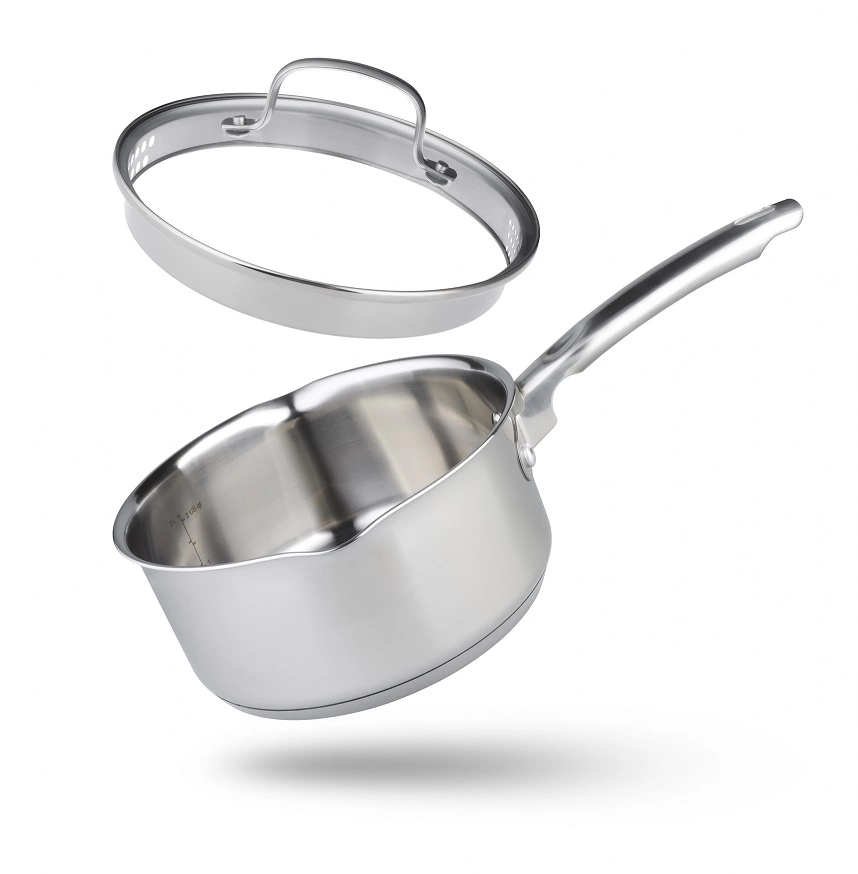
For cooking, we can affirm that the best are the tin-plated copper and aluminum ones, due to their conductivity and manageability. When
taking it to the table, we prefer to use those made from tin-plated copper. All the deep casserole dishes with two handles are extremely versatile, and hence the name “faitout”, while the shallow casserole dishes are suitable for all types of risottos and for braising and roasting.
The version with one handle is often used to make sauces, thicken sauces, mix compounds, and make creams. It is useful to pay attention to which materials are used on the interior surface. A wooden or polyethylene spoon is preferable. According to us, the best utensils to use are those comprising of black plastics, labeled with the phrase: “Heat Resistance up to 210°C”.
The ones with two handles come in a wide range of sizes and make up a proper set of kitchen pans.
They must always be washed carefully and never overheated before use. Always use moderate heat and do not use if the tin-plating is worn out. They are manageable and multipurpose and can be used for various types of cooking; boiling, braising and stewing
Cooking Pan
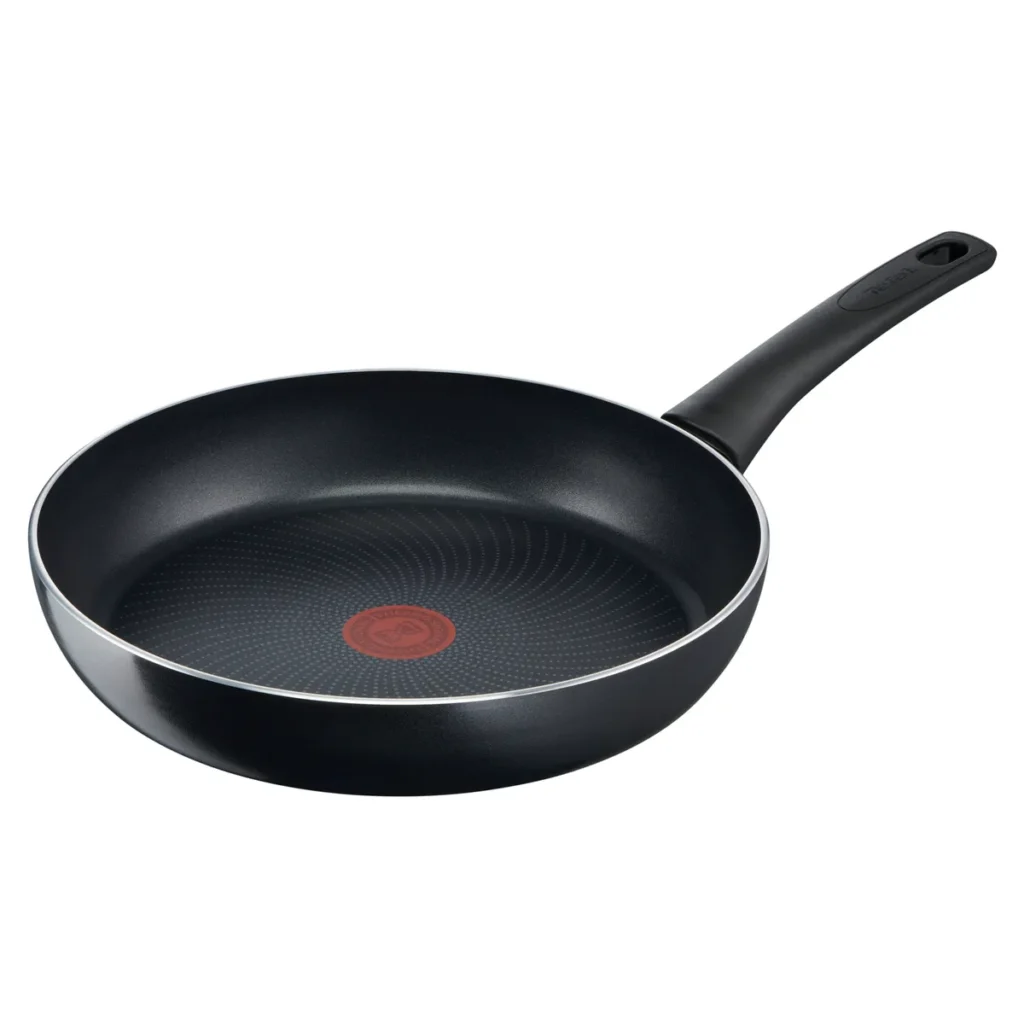
It is a metallic round-based vessel with a curved edge and the length of the handle is usually equal to the diameter of the pot itself. It is the most
used and the most talked-about in Italy.
Carbon Steel: The first time it is used, it is advisable to heat some olive oil in to about 120°. Remove from the heat and leave to cool down. Drip and dry with paper towels, then make sure that it is uniformly greased. After use and before putting it aside, it is advisable to wash it carefully, grease it again and remove the excess grease with paper towels. Once upon a time, it was normal to clean the pots simply with rock salt, but this is a procedure that may be suitable only between one passage and another during cooking.
Aluminum: On first use grease well with oil or butter and rinse carefully. It is also convenient for tossing and allows a good mixing of food. Tin-plated copper: do not use it if the tin plate is worn out and never put the empty container on the heat source, that is to say when it has no food inside. Use mixing utensils made of wood or expanded polyethylene.
Certainly for cooking the tin-plated and aluminum ones are best, because of their conductivity and ease of handling. For serving the finished dish at the table we prefer the tinplated copper ones. All the two-handled casseroles are very versatile, which is why they are called “faitout” (all-purpose), while the shallow casseroles are suited for every kind of risotto and for braising and roasting
Saucepan
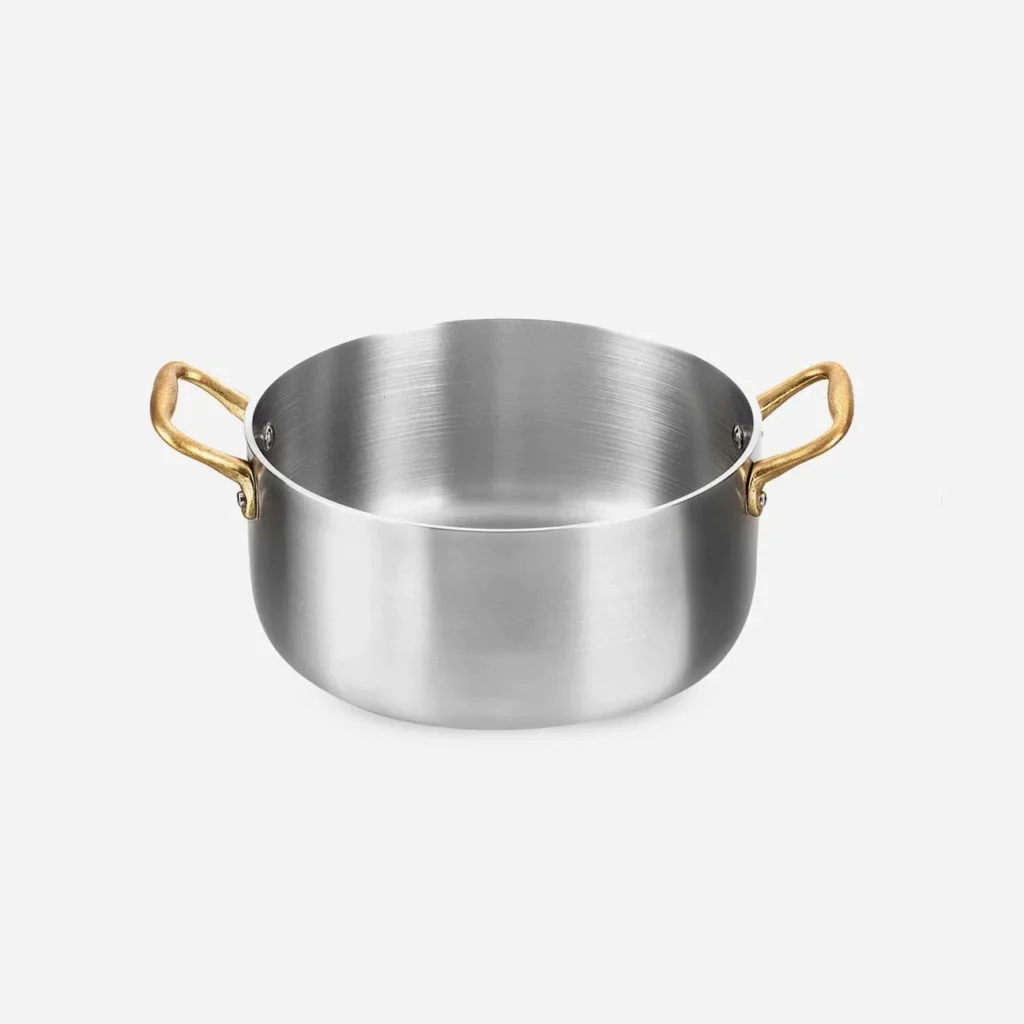
This type of pan has two handles. It always has a lid and the base rests perfectly on the entire surface. Two types of borders exist, one which is slightly rounded and a right-angled one
Is suitable for cooking food in pieces, by braising, stewing, or roasting. It is a multipurpose pan, which can be used on the hob or in the oven. The lid is indispensable because it allows the moisture in the food to be maintained during cooking. It can also be used as a container to take to the table
The high conductivity of the materials is the fundamental characteristic of this cooking instrument. On first use, grease the inside with oil or butter,
then rinse well. If it is made of tin-plated copper, do not put it on the heat source when empty, i.e. when there is no food inside, and do not use if the tin-plated coating is worn out.
Attention should be paid to which metals are used on the interior surface. Wooden spoons or utensils made of black plastics labeled with the phrase: “Heat Resistance up to 210°C” should be used.
Rectangular Roastpan

It is a container that is deep, is rectangular in shape, and can have two free-falling handles. The deep container, the braising dish, was created to substitute the oval cast carbon steel pot, while the roaster is shallow
Materials are needed that are highly heat-conductive. For the braiser, it is necessary to cook in moist conditions, and it is possible to do this both on the hob and in the oven.
For roasting it must be used in the oven, making use of the entire surface. Its capacity is optimum for any type of product. On first use, grease the inside with oil or butter, then rinse carefully. Do not put the container on the heat source when it is empty, that is to say, when there is no food inside it, and do not use if the tin plating is worn out
On the basis of its shape, it is used for both cooking on the hob and in the oven. The roasting dish, which has a perfect closing lid, allows the cooking of excellent braised dishes. The shallow version named the rectangular
saucepan, or roasting dish, is for oven cooking, i.e. roasting.
Oval Pan
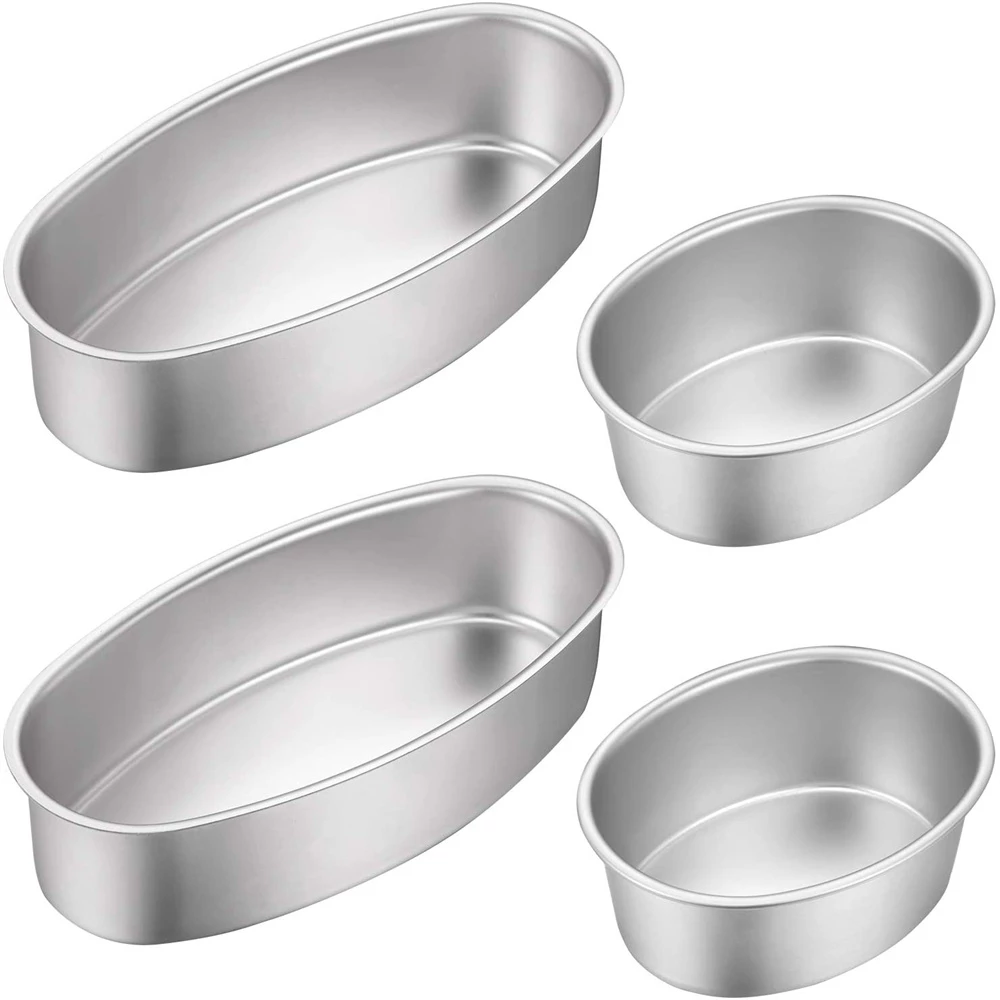
As indicated by the word itself, it is one of the first oval-shaped containers.
The sides are slightly flared at the opening and it has a particularly heavy air-tight lid. It always has two handles at the extremities of the long part
It is not clear whether this was designed to be used for braising, or if braising was created from the oval cast-iron pot. Definitely recommended for cooking birds whole, both on the hob and in the oven. In many gastronomic traditions, it is placed on the table and the head of the household carves out the portions
Is very good when cooking for long periods, as, thanks to the heavy lid, it keeps in moisture and it is not necessary to stir continuously. It is possible to use it in the browning stage of cooking and then for stewing. Having two handles, it can be used for cooking on the hob as well as in the oven. It is possible to use it to braise whole tubers.
Thanks to the perfect closure of the lid it is not necessary to add liquids to those already present in the tubers. It is probably one of the oldest and healthiest cooking systems. With the oval aluminum casserole dish, we can drop the temperature to its lowest level and let the metal properties do the rest.
Cover for Cooking Pots

In the heritage of the Italian dialect, it has various names, but it is the only
object which always has the same function. The shape of the lids depends
on the container used for cooking: circular, oval, rectangular, in each case guaranteeing a perfect closure. Usually, the oval one is heavier and is convex. In the 800’s the first lids appeared, having a concentric projection in the center and a handle known as the “traversino” or “ponticello”. In this way it aided closing and lifting, attenuating the dripping of the vapors from the boiling liquids.
It is important to know how to always keep them clean. They are very useful in the kitchen, even if in many kitchens they are forgotten
about and thus become abandoned. Sometimes the energy and time savings depend on lids. In some dishes they improve the quality of the
food itself, substituting the more inappropriate tin foil.
The cover has various functions; to cover a recipient in order to maintain the heat, to quicken boiling, to maintain moisture, and for hygiene. It often comes in many shapes and can vary in terms of weight and robustness.
EMS Metalworking Machinery
We design, manufacture and assembly metalworking machinery such as:
- Hydraulic transfer press
- Glass mosaic press
- Hydraulic deep drawing press
- Casting press
- Hydraulic cold forming press
- Hydroforming press
- Composite press
- Silicone rubber moulding press
- Brake pad press
- Melamine press
- SMC & BMC Press
- Labrotaroy press
- Edge cutting trimming machine
- Edge curling machine
- Trimming beading machine
- Trimming joggling machine
- Cookware production line
- Pipe bending machine
- Profile bending machine
- Bandsaw for metal
- Cylindrical welding machine
- Horizontal pres and cookware
- Kitchenware, hotelware
- Bakeware and cuttlery production machinery
as a complete line as well as an individual machine such as:
- Edge cutting trimming beading machines
- Polishing and grinding machines for pot and pans
- Hydraulic drawing presses
- Circle blanking machines
- Riveting machine
- Hole punching machines
- Press feeding machine
You can check our machinery at work at: EMS Metalworking Machinery – YouTube
Applications:
- Beading and ribbing
- Flanging
- Trimming
- Curling
- Lock-seaming
- Ribbing
- Flange-punching
